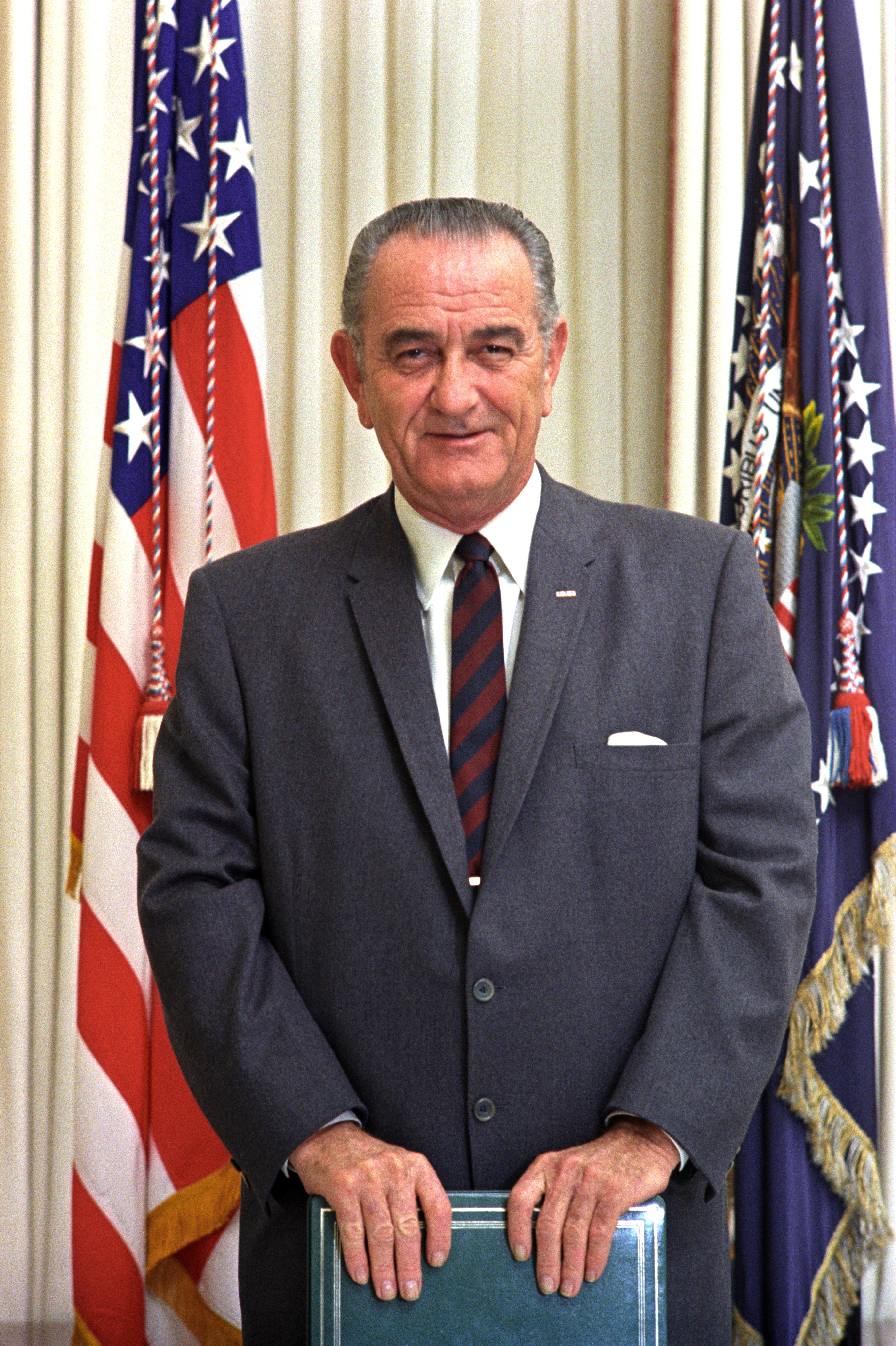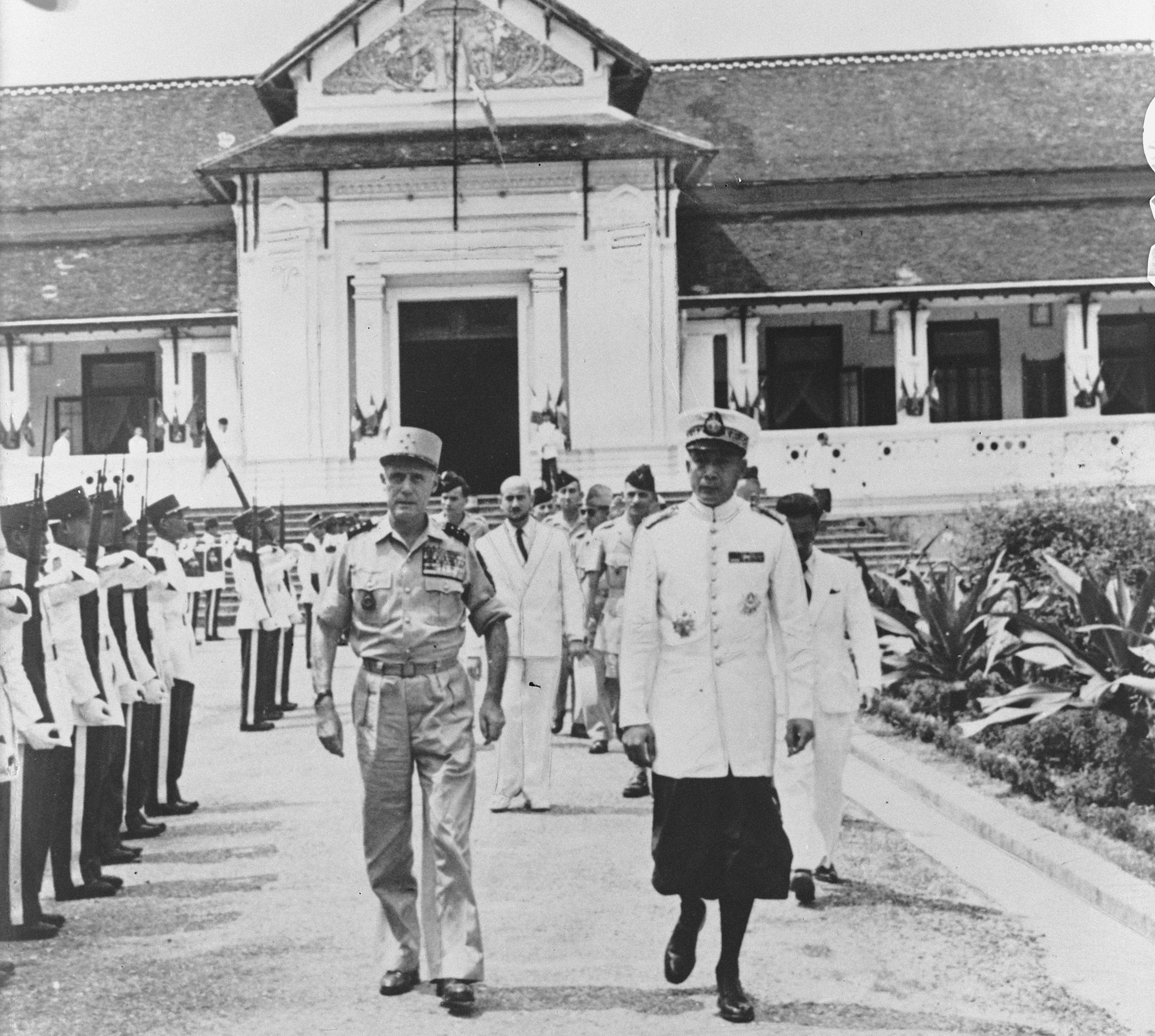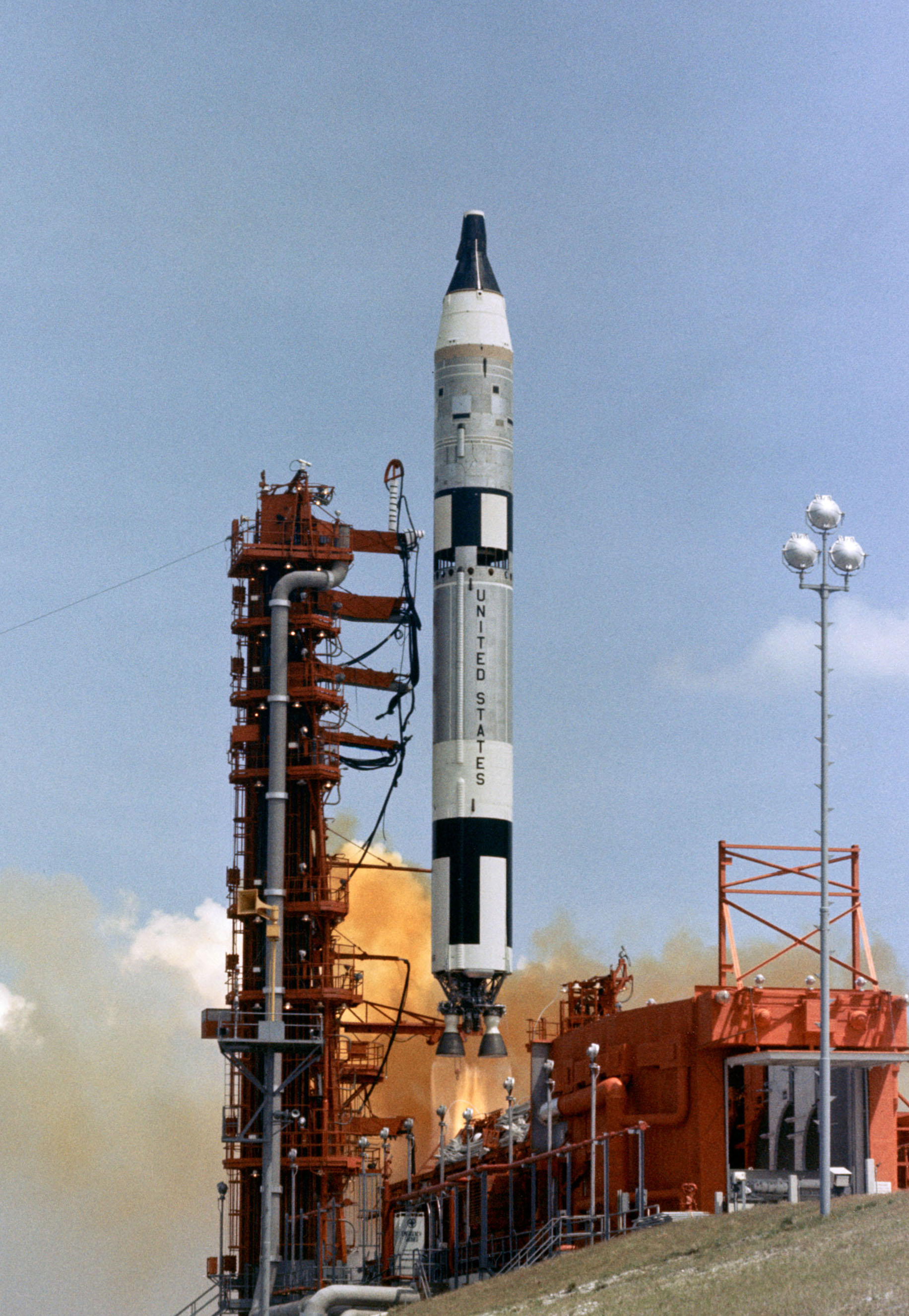|
1964 In Laos
The following lists events that happened during 1964 in Laos. Incumbents *Monarch: Savang Vatthana *Prime Minister: Souvanna Phouma Events January *January - The Battle of Lak Sao ends. July *19-29 July - Operation Triangle Operation Triangle was a military operation of the Laotian Civil War staged from 19—29 July 1964. Although planned by the General Staff of the Royal Lao Army, it was subject to American approval because the RLA depended on the Americans for fin ... References 1960s in Laos Years of the 20th century in Laos Laos Laos {{Asia-year-stub ... [...More Info...] [...Related Items...] OR: [Wikipedia] [Google] [Baidu] |
1964
Events January * January 1 – The Federation of Rhodesia and Nyasaland is dissolved. * January 5 - In the first meeting between leaders of the Roman Catholic and Orthodox churches since the fifteenth century, Pope Paul VI and Patriarch Athenagoras I of Constantinople meet in Jerusalem. * January 6 – A British firm, the Leyland Motor Corp., announces the sale of 450 buses to the Cuban government, challenging the United States blockade of Cuba. * January 9 – '' Martyrs' Day'': Armed clashes between United States troops and Panamanian civilians in the Panama Canal Zone precipitate a major international crisis, resulting in the deaths of 21 Panamanians and 4 U.S. soldiers. * January 11 – United States Surgeon General Luther Terry reports that smoking may be hazardous to one's health (the first such statement from the U.S. government). * January 12 ** Zanzibar Revolution: The predominantly Arab government of Zanzibar is overthrown by African nationalist rebels; a ... [...More Info...] [...Related Items...] OR: [Wikipedia] [Google] [Baidu] |
Laos
Laos (, ''Lāo'' )), officially the Lao People's Democratic Republic ( Lao: ສາທາລະນະລັດ ປະຊາທິປະໄຕ ປະຊາຊົນລາວ, French: République démocratique populaire lao), is a socialist state and the only landlocked country in Southeast Asia. At the heart of the Indochinese Peninsula, Laos is bordered by Myanmar and China to the northwest, Vietnam to the east, Cambodia to the southeast, and Thailand to the west and southwest. Its capital and largest city is Vientiane. Present-day Laos traces its historic and cultural identity to Lan Xang, which existed from the 14th century to the 18th century as one of the largest kingdoms in Southeast Asia. Because of its central geographical location in Southeast Asia, the kingdom became a hub for overland trade and became wealthy economically and culturally. After a period of internal conflict, Lan Xang broke into three separate kingdoms: Luang Phrabang, Vientiane and Champa ... [...More Info...] [...Related Items...] OR: [Wikipedia] [Google] [Baidu] |
List Of Monarchs Of Laos
The Lao People's Democratic Republic is the modern state derived from the final Kingdom of Laos. The political source of Lao history and cultural identity is the Tai kingdom of Lan Xang, which during its apogee emerged as one of the largest kingdoms in Southeast Asia. Lao history is filled with frequent conflict and warfare, but infrequent scholarly attention. The resulting dates and references are approximate, and rely on source material from court chronicles which survived both war and neglect, or outside sources from competing neighboring kingdoms in what are now China, Vietnam, Burma, Thailand, and Cambodia. Lao kingship was based upon the mandala system established by the example of King Ashoka. In theory, Lao kings and their successors were chosen by agreement of the king's Sena (a council which could include senior royal family members, ministers, generals and senior members of the sangha or clergy), through the validity the king's lineage, and by personal Dharma thro ... [...More Info...] [...Related Items...] OR: [Wikipedia] [Google] [Baidu] |
Savang Vatthana
Sisavang Vatthana ( lo, ພຣະບາທສົມເດັຈພຣະເຈົ້າມະຫາຊີວິຕສີສວ່າງວັດທະນາ) or sometimes Savang Vatthana (full title: Samdach Brhat Chao Mavattaha Sri Vitha Lan Xang Hom Khao Phra Rajanachakra Lao Phengdara Parama Sidha Khattiya Suriya Varman Brhat Maha Sri Savangsa Vadhana; 13 November 1907 – 13 May 1978) was the last king of the Kingdom of Laos and the 6th Prime Minister of Laos serving from 29 October to 21 November 1951. He ruled from 1959 after his father's death until his forced abdication in 1975. His rule ended with the takeover by the Pathet Lao in 1975, after which he and his family were sent to a re-education camp by the new government. Early life Prince Savang Vatthana was born on 13 November 1907 at the Royal Palace of Luang Prabang, the son of King Sisavang Vong and Queen Kham-Oun I. He was the second of five children along with Princess Khampheng, Princess Sammathi, Prince Sayas ... [...More Info...] [...Related Items...] OR: [Wikipedia] [Google] [Baidu] |
Prime Minister Of Laos
The Prime Minister of the Lao People's Democratic Republic, formerly the chairman of the Council of Government of the Lao People's Democratic Republic, is the head of government of Laos. The highest position in the government, they direct the country's executive branch. The prime minister is accountable to the president, the National Assembly and the country's only legal party: the Lao People's Revolutionary Party (LPRP). The current prime minister is Phankham Viphavanh, who was elected in 2021. The Kingdom of Luang Phrabang was the first Laotian state to establish the office of prime minister. The Constitution of the Kingdom of Laos, ratified in 1947, established the post of Prime Minister of the Kingdom of Laos. The kingdom was abolished on 2 December 1975, when the National Congress of People's Representatives established the Lao People's Democratic Republic. The congress established the office of prime minister, forming the First Government on that day. The Supr ... [...More Info...] [...Related Items...] OR: [Wikipedia] [Google] [Baidu] |
Souvanna Phouma
Prince Souvanna Phouma (; 7 October 1901 – 10 January 1984) was the leader of the neutralist faction and Prime Minister of the Kingdom of Laos several times (1951–1954, 1956–1958, 1960, and 1962–1975). Early life Souvanna Phouma was the son of Bounkhong, the last vice-king of Luang Prabang and a nephew of King Sisavang Vong of Laos, given a French education in Hanoi, Paris and Grenoble, where he obtained his degree in architecture and engineering. He returned to his homeland in 1931, married Aline Claire Allard, the daughter of a French father and a Lao mother, and entered the Public Works Service of French Indochina. Souvanna Phouma, together with his brother, Prince Phetsarath Rattanavongsa (1891–1959) and his half-brother, Prince Souphanouvong (1909–1995), around the end of World War II, joined the Lao Issara (Free Laos) movement established to counter the French occupation and its provisional Vientiane government (1945–46). When the French reoccupied Laos, S ... [...More Info...] [...Related Items...] OR: [Wikipedia] [Google] [Baidu] |
Battle Of Lak Sao
The Battle of Lak Sao, fought between November 1963 and January 1964, was a major engagement of the Laotian Civil War. In November 1963, General Phoumi Nosavan, who held the reins of military power in the Kingdom of Laos, launched a military offensive against North Vietnamese invaders that cut across the northern panhandle of the nation. Although unsupported in this proxy action by his backers in the U.S. Embassy, he went ahead with his plan to push northwards from Nhommarath, then veer eastwards to the Vietnamese border. Phoumi's Central Intelligence Agency (CIA) advisors warned him that the North Vietnamese would retaliate, but he disregarded them. The Royal Lao Army (RLA) reluctantly carried out its mission until it met with stiff resistance. At that point, they tended to flee rather than fight. As fighting occurred throughout December 1963, two elite RLA units, the 11th and 55th Parachute Battalions, were rendered ineffective by the communists, and by a faulty parachute drop. ... [...More Info...] [...Related Items...] OR: [Wikipedia] [Google] [Baidu] |
Operation Triangle
Operation Triangle was a military operation of the Laotian Civil War staged from 19—29 July 1964. Although planned by the General Staff of the Royal Lao Army, it was subject to American approval because the RLA depended on the Americans for finances, supplies, and munitions. Operation Triangle was an ambitious undertaking dependent on martial skills unfamiliar to the Lao. It not only called for coordination of infantry, artillery, and tactical air strikes among forces of three different nationalities; as a covert operation, it also had to have plausible deniability. On 26 June 1964, American ambassador to Laos Leonard Unger was ambivalent about Operation Triangle's chances of success, but felt the opportunity for victory too good to resist. The planning of the military operation may have been local; however, approval to proceed had to come from the White House, where President Lyndon Baines Johnson was monitoring the situation. In any case, it was planned that three Royal Lao A ... [...More Info...] [...Related Items...] OR: [Wikipedia] [Google] [Baidu] |
1964 In Laos
The following lists events that happened during 1964 in Laos. Incumbents *Monarch: Savang Vatthana *Prime Minister: Souvanna Phouma Events January *January - The Battle of Lak Sao ends. July *19-29 July - Operation Triangle Operation Triangle was a military operation of the Laotian Civil War staged from 19—29 July 1964. Although planned by the General Staff of the Royal Lao Army, it was subject to American approval because the RLA depended on the Americans for fin ... References 1960s in Laos Years of the 20th century in Laos Laos Laos {{Asia-year-stub ... [...More Info...] [...Related Items...] OR: [Wikipedia] [Google] [Baidu] |
1960s In Laos
Year 196 ( CXCVI) was a leap year starting on Thursday (link will display the full calendar) of the Julian calendar. At the time, it was known as the Year of the Consulship of Dexter and Messalla (or, less frequently, year 949 ''Ab urbe condita''). The denomination 196 for this year has been used since the early medieval period, when the Anno Domini calendar era became the prevalent method in Europe for naming years. Events By place Roman Empire * Emperor Septimius Severus attempts to assassinate Clodius Albinus but fails, causing Albinus to retaliate militarily. * Emperor Septimius Severus captures and sacks Byzantium; the city is rebuilt and regains its previous prosperity. * In order to assure the support of the Roman legion in Germany on his march to Rome, Clodius Albinus is declared Augustus by his army while crossing Gaul. * Hadrian's wall in Britain is partially destroyed. China * First year of the '' Jian'an era of the Chinese Han Dynasty. * Emperor Xian ... [...More Info...] [...Related Items...] OR: [Wikipedia] [Google] [Baidu] |
Years Of The 20th Century In Laos
A year or annus is the orbital period of a planetary body, for example, the Earth, moving in its orbit around the Sun. Due to the Earth's axial tilt, the course of a year sees the passing of the seasons, marked by change in weather, the hours of daylight, and, consequently, vegetation and soil fertility. In temperate and subpolar regions around the planet, four seasons are generally recognized: spring, summer, autumn and winter. In tropical and subtropical regions, several geographical sectors do not present defined seasons; but in the seasonal tropics, the annual wet and dry seasons are recognized and tracked. A calendar year is an approximation of the number of days of the Earth's orbital period, as counted in a given calendar. The Gregorian calendar, or modern calendar, presents its calendar year to be either a common year of 365 days or a leap year of 366 days, as do the Julian calendars. For the Gregorian calendar, the average length of the calendar year (the ... [...More Info...] [...Related Items...] OR: [Wikipedia] [Google] [Baidu] |
1964 By Country
Events January * January 1 – The Federation of Rhodesia and Nyasaland is dissolved. * January 5 - In the first meeting between leaders of the Roman Catholic and Orthodox churches since the fifteenth century, Pope Paul VI and Patriarch Athenagoras I of Constantinople meet in Jerusalem. * January 6 – A British firm, the Leyland Motor Corp., announces the sale of 450 buses to the Cuban government, challenging the United States blockade of Cuba. * January 9 – '' Martyrs' Day'': Armed clashes between United States troops and Panamanian civilians in the Panama Canal Zone precipitate a major international crisis, resulting in the deaths of 21 Panamanians and 4 U.S. soldiers. * January 11 – United States Surgeon General Luther Terry reports that smoking may be hazardous to one's health (the first such statement from the U.S. government). * January 12 ** Zanzibar Revolution: The predominantly Arab government of Zanzibar is overthrown by African nationalist rebels; a Unit ... [...More Info...] [...Related Items...] OR: [Wikipedia] [Google] [Baidu] |



.jpg)

